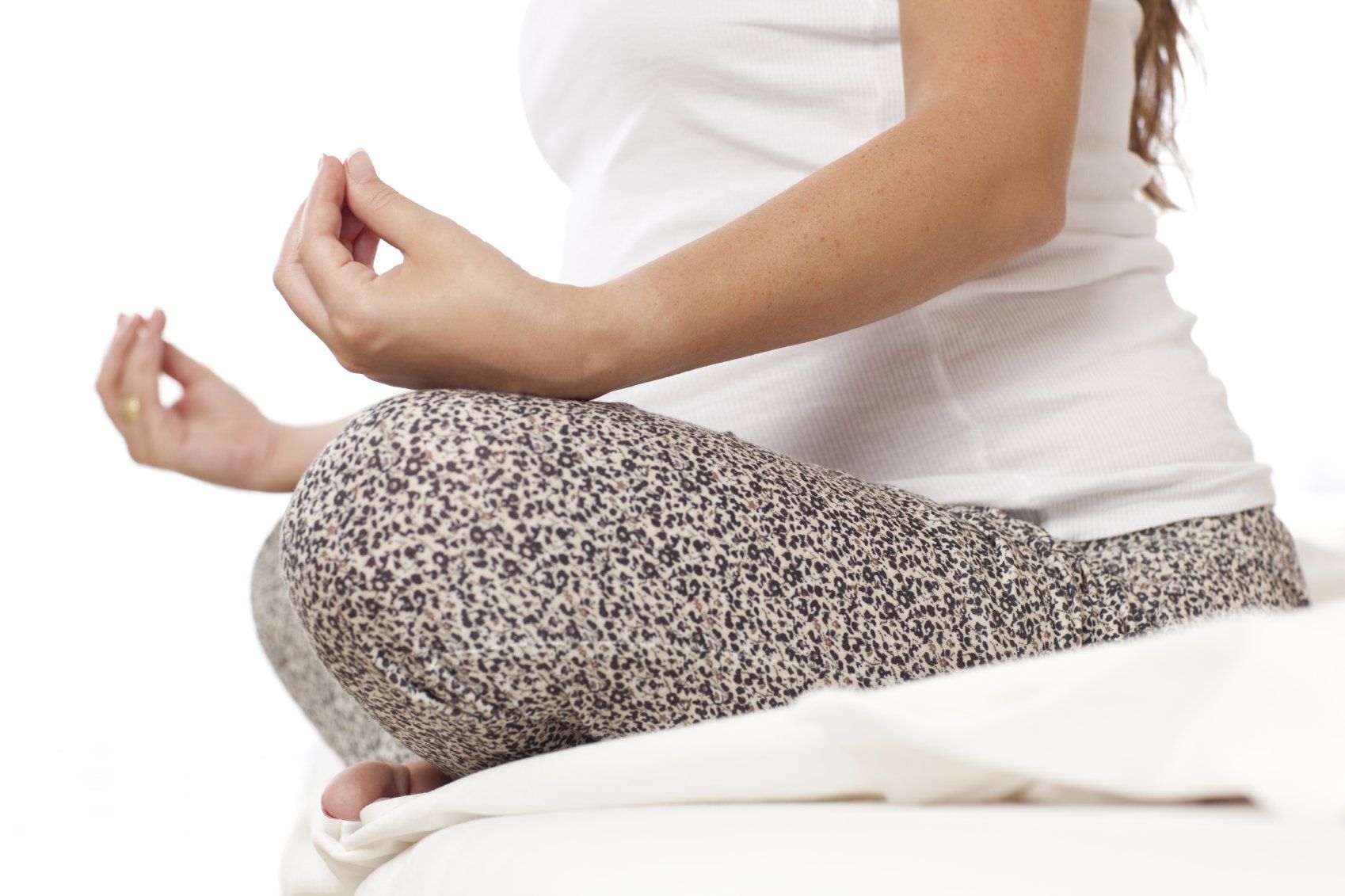Sticking to a Morning Routine
Tips for keeping to your healthy habits

Do you have lots of good intentions? You know the good stuff you need to do to feel good, be productive? Things like getting a good nights sleep, eating well, drinking enough water, some movement and some rest. Maybe if you are reading this you might even make yoga and meditation part of your life. I’m not here to say you should do those things, or even much about them, BUT how we can make them part of a routine.
When we are full of motivation with lots of ideas, lots of good intentions, we might go ahead at full speed. But then we realise we have given ourselves too much to do and we get overwhelmed or burn out, or we get distracted. I can definitely relate to this.
What is the first thing you do when you wake up in the morning? I have a routine in place where I do my personal yoga asana and meditation practise first thing in the morning, ideally before my children and husband get up. But I noticed that I wasn’t making full use of this time, it would be 10 minutes or so gone. And what was I doing? I would get hooked into notifications on my phone or potter about, before I realised time was running out before the kids would be about! We could easily give up here (oh I’m not a morning person etc) but I knew this was a good time for me and I was wasting it online. I wasn’t feeling refreshed either, I was getting drained and distracted by messages or social media and it was interfering with the practises I loved.
SO I decided to be more focused and that I needed a list. Not a vague twenty things I want to do, but an actual list of 5 of less things that I could reasonably achieve. (If we decide we want to make changes and we do too much at once it is again overwhelming. ) This is my list…
1.Drink water
2.Affirmations
3.Asana/Pranayama
4.Meditation
5.Journal
These are specific to me and I have about 45 minutes.I have it physically written on a piece of card in my journal, you could have it on the wall or somewhere else to see.You could choose anything you want and it could certainly be less, I was already doing these things but they would switch the order and sometimes I’d forget bits. For you maybe you have 30 minutes and you want to go to the gym or a run, maybe it’s journal first, or nourishing meal prep. (and FYI after this I see my kids, shower and get dressed and then it’s all go into school morning routine.)
I’ll say a bit more about them here:
1.Drink Water – a good way to feel more awake without caffeine so I am trying to drink more first thing than in the evening when it might affect my sleep.
2.Affirmations – I love affirmations for a positive outlook for the day and to boost my confidence. It’s telling our brains we are good, countering the negative self-talk. e.g. I am enough, I am beautiful. These will be personal to you and maybe personal to that day, or you may have the same one or ones every day. I say them to myself or write them down.
3.Asana/Pranyama – I need to move my body and focus my energy – this looks different every day. Rarely is it an hour class, it is 15 -30 minutes. I find doing it before meditation makes it easier to sit still and I have already cleared my mind a little. But maybe for you the order is different.
4.Meditation – a non-negotiable for me now for space. Start with 5 minutes. What your practise is will vary, and a subject for another time.
5.Journal – journalling is a therapeutic practise for me to get my thoughts down. It usually comes throughout this list (sometimes first) but if I haven’t by the end a quick few words is good.
The important thing is to make your morning list relevant to you and to make it manageable. Start with one thing for 5 minutes. If you don’t know where to start, ask yourself what is the one thing I could do in the morning that would make me feel better? Or if my phone battery had died, what would I do instead? Now that would leave most of us with oodles more time!
If you have questions get in touch on hello@yogawithamber.co.uk or join me for a yoga class in Norwich, at Happy Om Yoga Studio or Old Catton.














